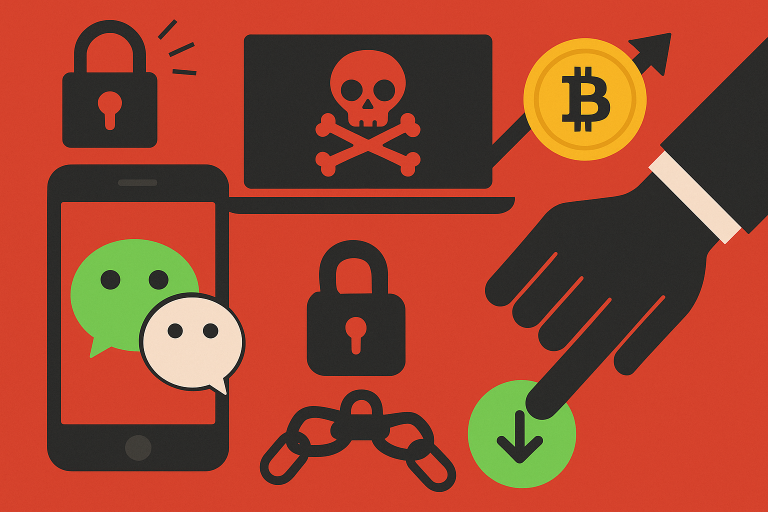
The Future of Work: Trends to Watch in 2025
Future of Work: The way we work is undergoing a significant transformation. With technological advancements, shifting workforce demographics, and evolving employee expectations, the future of work is becoming increasingly complex and exciting. In this article, we will explore the trends that will shape the future of work in 2025 and beyond.
Trend 1: Remote Work and Flexible Schedules
Remote work is no longer a perk, but a necessity for many employees. With the advancement of digital communication tools and cloud-based technologies, remote work has become more accessible and efficient. In 2025, we can expect to see more companies adopting flexible schedules and remote work arrangements, allowing employees to work from anywhere and at any time.
Trend 2: Artificial Intelligence and Automation
Artificial intelligence (AI) and automation are transforming the way we work. AI-powered tools can automate repetitive and mundane tasks, freeing up employees to focus on more strategic and creative work. In 2025, we can expect to see more companies adopting AI-powered automation, leading to increased productivity and efficiency.
Trend 3: Upskilling and Reskilling
The rapid pace of technological change requires employees to continuously update their skills to remain relevant. In 2025, we can expect to see more companies investing in upskilling and reskilling programs, helping employees to develop new skills and adapt to changing job requirements.
Trend 4: Diversity, Equity, and Inclusion
Diversity, equity, and inclusion (DEI) are becoming increasingly important in the workplace. In 2025, we can expect to see more companies prioritizing DEI initiatives, creating a more inclusive and diverse work environment that fosters innovation and creativity.
Trend 5: Employee Wellbeing and Mental Health
Employee wellbeing and mental health are critical components of a healthy and productive workforce. In 2025, we can expect to see more companies prioritizing employee wellbeing and mental health, providing resources and support to help employees manage stress and maintain a healthy work-life balance.
Trend 6: Sustainable Work Practices
Sustainable work practices are becoming increasingly important, as companies recognize the impact of their operations on the environment. In 2025, we can expect to see more companies adopting sustainable work practices, such as reducing energy consumption, using renewable energy sources, and implementing recycling programs.
Trend 7: Virtual and Augmented Reality
Virtual and augmented reality (VR/AR) technologies are transforming the way we work and interact with each other. In 2025, we can expect to see more companies using VR/AR to enhance employee training, improve collaboration, and create immersive customer experiences.
Trend 8: Blockchain and Cryptocurrency
Blockchain and cryptocurrency are transforming the way we think about work and money. In 2025, we can expect to see more companies adopting blockchain technology to secure data, verify identities, and facilitate transactions.
Trend 9: Gig Economy and Freelance Work
The gig economy and freelance work are becoming increasingly popular, as employees seek more flexible and autonomous work arrangements. In 2025, we can expect to see more companies leveraging the gig economy and freelance work to access specialized skills and expertise.
Trend 10: Human-Centric Design
Human-centric design is a approach to designing products, services, and experiences that puts the needs and desires of humans at the center. In 2025, we can expect to see more companies adopting human-centric design principles, creating workplaces and products that are intuitive, user-friendly, and enjoyable to use.
Conclusion
The future of work is complex and exciting, with many trends shaping the way we work and interact with each other. By embracing these trends and investing in the latest technologies and strategies, companies can create a more productive, efficient, and sustainable work environment that supports the well-being and success of their employees.





